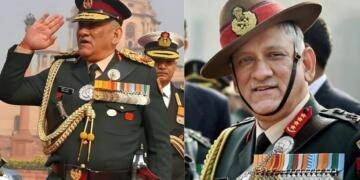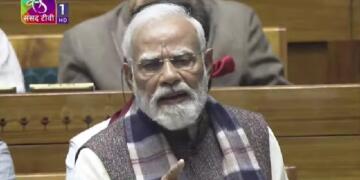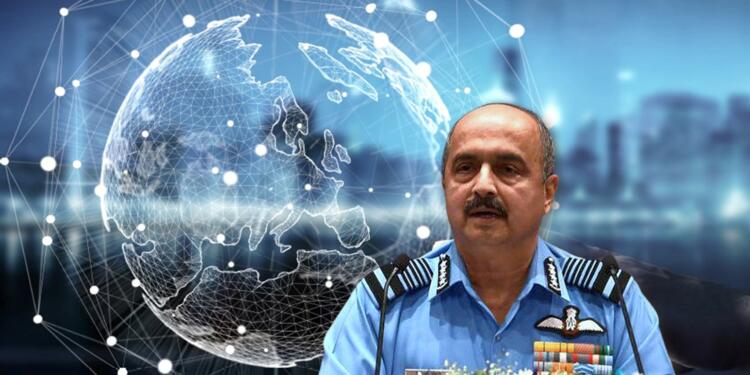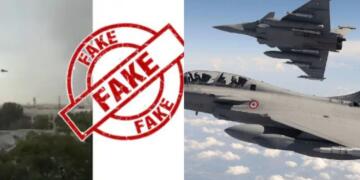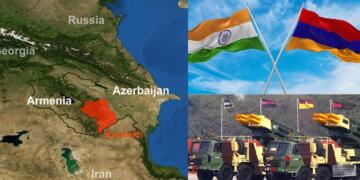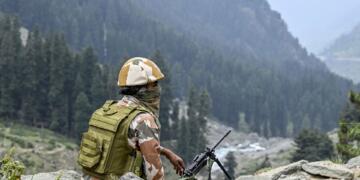Air Chief Marshal: Space technology is the next big thing when we talk about India’s technological augmentation. The most aspiring project for India in the space sector is ‘Gaganyan’, which is a manned mission set to be completed till 2024. But unlike most other nations, our space approach is more civilian in nature. There is a strong need for military-civil cooperation.
Air Chief Marshal at FICCI
While talking at an event of FICCI, Air Chief Marshal Vivek Ram Chaudhari said, “In our context, the Indian space eco system — at present being largely civilian in nature — works around the Space Commission and its constituent Department of Space.”
According to him, there is a lack of robust ‘military-civil fusion’ (MCF) framework. MCF seeks the elimination of barriers between military and defence sector, and civilian research and commercial sectors.
The lack of military-civil fusion is preventing India from innovating and manufacturing next generation space technology on a large scale. India also lacks indigenous capability to observe, track and identify non-cooperative objects in outer space.
According to the Air Chief Marshal, “This not only restricts out defensive counter-space capabilities but also limit our anti-satellite capability in future.”
In order to become a leader in the space technology sector this issue needs to be addressed.
Also read: Space tourism will soon be a reality in India. All thanks to ISRO!
Need for amalgamation
Looking at the US State Department’s analysis of Chinese space strategy, one can easily find that MCF is the national strategy of CCP aiming to make China most technologically advanced military in the world.
As of today, ISRO is the sole space oriented civilian facility while for military it is DRDO. Air Chief Marshal Vivek Ram Chaudhari proposed to integrate the existing capabilities of both the organisation into Air surveillance picture of IAF. He said,” This integration would be a gradual progression to a comprehensive space surveillance network.”
Depicting the enormous scope and requirements of military-civil framework, he explained the importance of a low-earth orbit satellite network in dealing with incoming ICBM (intercontinental ballistic missiles) along with locating launch pads and predicting impact locations.
Also read: ‘Sasta, Sundar, Tikau’ – ISRO is making India’s very own space shuttle
Looking to the most advanced countries, they have a robust military-civilian fusion, but with India it still lacks that structure. Although, there is a Defence Space Agency (DSA) for aggregating the demands of armed force of India, its scope is limited. But it can play a pivotal role in synchronising the civil military cooperation to achieve the desired capabilities of armed forces in the space ecosystem. And if India wants to attain a leading position in space technology, the integration of military and civilian aspects becomes crucial.
Support TFI:
Support us to strengthen the ‘Right’ ideology of cultural nationalism by purchasing the best quality garments from TFI-STORE.COM



